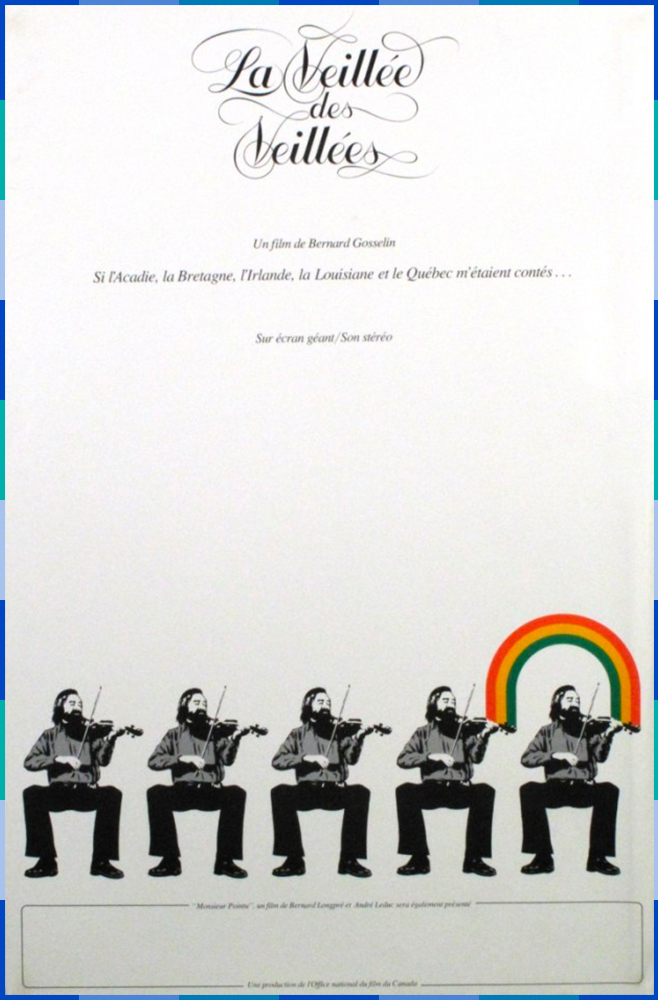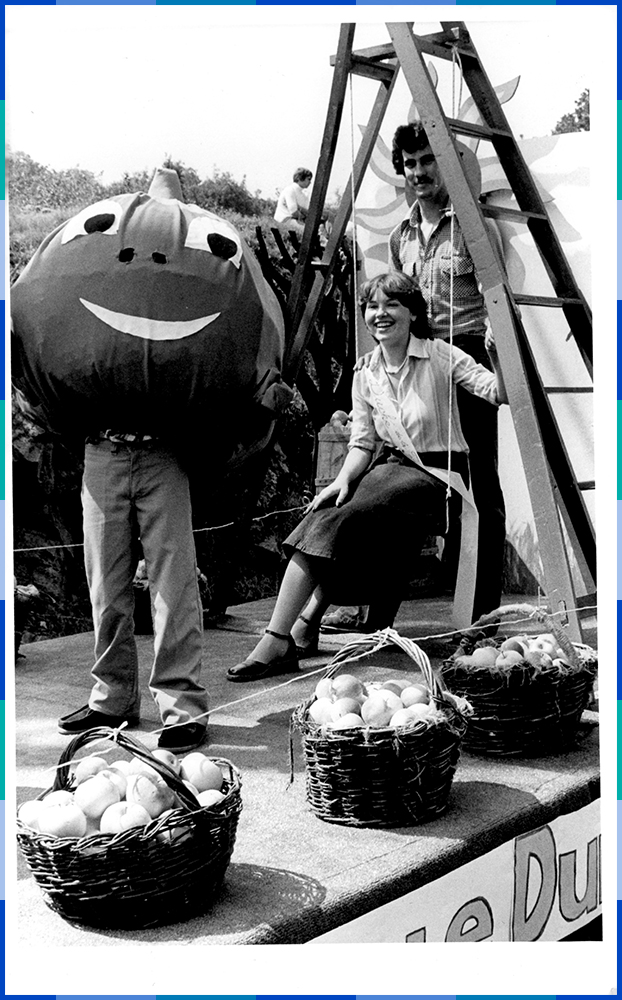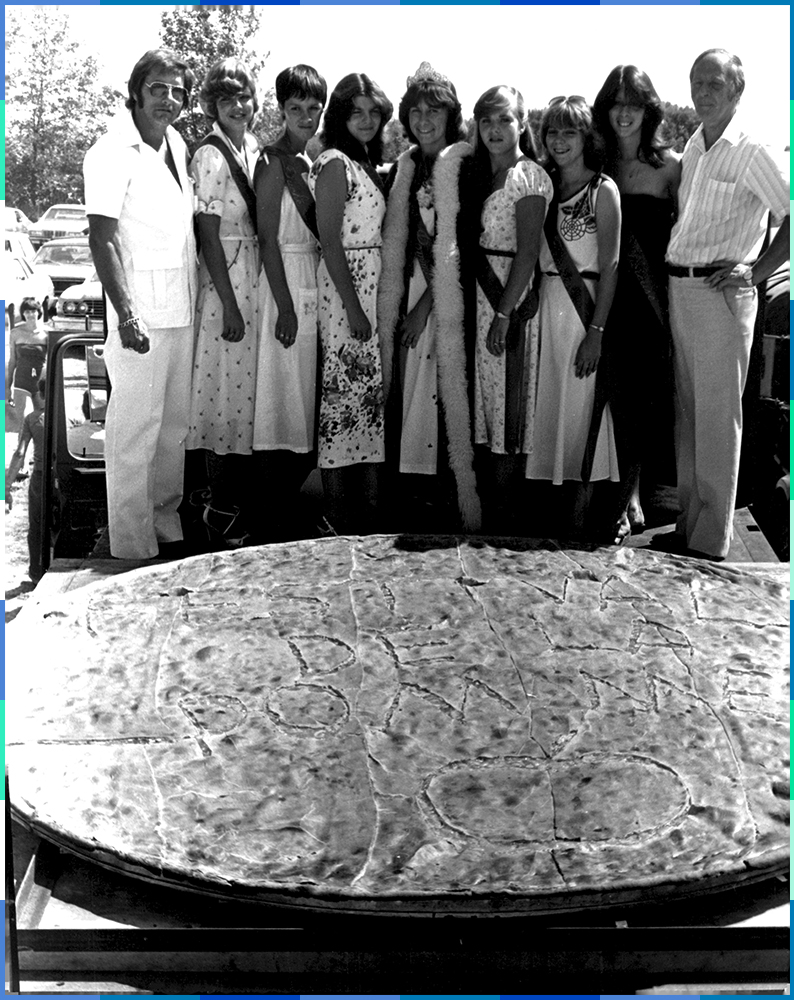The Winds of Tradition
You knock on the door to your sister’s room. She opens it with an irritated look on her face and asks you what you want. Sensing her mood, you decide to take the diplomatic route and ask her what she’s listening to.
It turns out to be a group called Le Rêve du diable (The Devil’s Dream). It’s a new Québécois folk group that got together in 1974. You recklessly tell her it sounds like something from the olden days. Without missing a beat, she answers:
Obviously. That’s the point!

Christian Giraldeau, one of the organizers of the Fêtes du Vieux Saint-Eustache, 1976
Discovering a cultural heritage by Christian Giraldeau. Listen to the audio excerpt in French, the written transcription is available in English.
In Québec in the late 1960s, there was a revival of interest in heritage in all its forms. With the rise of the nationalist movement that culminated in the election of the Parti Québécois in 1976 came a strong desire to rediscover Québec’s history. Young people took up crafts like arrow sash making, got interested in antiques, experimented with traditional dances and listened to traditional music.
People’s excitement about Québécois culture at the time gave rise to numerous public celebrations and festivals that highlighted Québécois culture and local traditions throughout the Belle Province. From Québec City’s summer festival to the Apple Festival, there was something for everyone. In 1975, there were an estimated 1,000 plus celebrations and festivals in Québec. As Pierre-Paul Leduc, an officer of the Société des festivals populaires du Québec, puts it:
The main thing is to find a good reason to celebrate and if necessary, to invent one.
Your sister enthusiastically tells you that Le Rêve du diable will be coming to perform at the Fêtes du Vieux Saint-Eustache this year, then she cranks up the volume. Clearly, the conversation is over.
So, you decide to ask your neighbour, who has lived in the city her whole life, about the Fêtes du Vieux Saint-Eustache.




